Chest Muscles Anatomy, Function
Muscles of the chest are referred to as “Pecs” muscles. These muscles are Pectoralis Major, Pectoralis minor, Serratus Anterior, and Subclavius.
Chest muscles connect the front of the human chest with the bones of the upper arm and shoulder. The pectoral region has four muscles that create movements to the upper limbs or ribs.
Pectoralis Major
The musculus pectoralis is the most superficial muscle within the pectoral region. it’s large and fan-shaped, and consists of a sternal head and a clavicular head:
- Attachments: Both heads distally attach to the intertubercular sulcus of the humerus.
- Clavicular head – That has origin from the anterior surface of the medial clavicle.
- Sternocostal head – That has origins from the anterior surface of the sternum, the superior six costal cartilages, and also the aponeurosis of the external oblique muscle.
- Function: This muscle’s main action is the adduction and the medial rotation of the upper limb. and it also leads the scapula in an anteroinferior direction. The individual action of the clavicular head is the flexion of the upper limb.
- Innervation: Lateral and medial pectoral nerves.
Pectoralis Minor
The pecs lie underneath its larger counterpart muscle, the pectoralis major. Both muscles form a part of the anterior wall of the axilla region.
- Attachments: This muscle has originated from the 3rd-5th ribs and has insertion into the coracoid process of the scapula.
- Function: The main action of this muscle is to provide stabilization of the scapula by directing it in the anteroinferior direction against the thoracic wall.
- Innervation: Medial pectoral nerve.
Serratus Anterior
The musculus serratus anterior is found more laterally within the chest wall and forms the medial border of the axilla region.
Attachments: The muscle is made up of several strips, which have originated from the lateral aspects of ribs 1-8. They have an attachment to the costal (rib-facing) surface of the medial border of the scapula.
Function: This muscle’s main action is to rotate the scapula which allows the arm to flex over 90 degrees. It also stabilizes the scapula against the ribcage.
Innervation: Long nervus spinalis.
Subclavius
The subclavius is a tiny muscle, which is found directly underneath the clavicle, running horizontally. This muscle provides slight protection to the underlying neurovascular structures like in conditions of clavicular fracture or another direct impact.
- Attachments: Originates from the junction of the first rib and its cartilaginous structure, inserting into the inferior surface of the center third of the clavicle.
- Function: Anchors and depresses the clavicle.
- Innervation: Nerve to subclavius.
The intercostal muscles which are located between the ribs help in breathing. The pectoral fascia is a thin layer of connective tissue located over the pectoralis major, lengthening toward the latissimus dorsi muscle on the back.
Chest Muscles Exercises
Strengthening Exercise of Chest Muscles
Bench Press
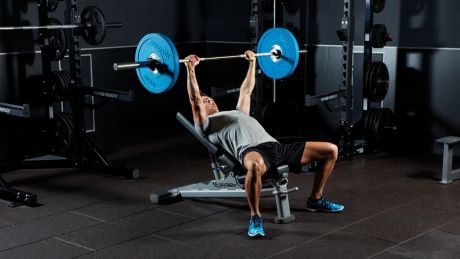
In the bench press, also known as the chest press, a person lifts a weight upward while laying on a weight bench. The pectoralis major, anterior deltoids, and triceps, among other stabilizing muscles, are the muscles that are largely utilized during the bench press, despite the fact that it is a full-body exercise. The weight is often held by a barbell, or use a pair of dumbbells.
Keep your core and glutes engaged while keeping your feet flat on the floor and your butt on the bench. Additionally, you should press your shoulder blades onto the bench.
By tightly grasping the grips, raise your dumbbells. Don’t merely hold the weights with your elbows parallel to your shoulders after your back is on the bench.
Your elbows are bent at a 45-degree angle.
Squeeze your chest to lift the weight, then slowly drop it to a point slightly above your chest while maintaining the same route.
Drive up again to complete another rep.
Dumbbell Chest Fly
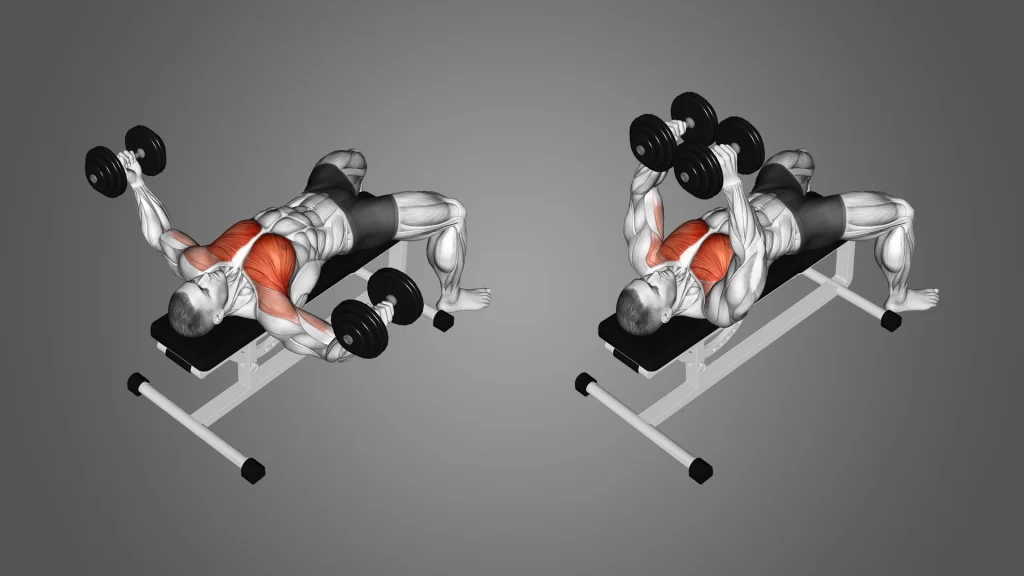
While lying flat on a bench, use Dumbbells in each hand.
Your pinkies should be slightly bent inside as you press the weights up above your chest while preventing them from touching. On the bench, keep your entire body under tension.
Maintain a tiny bend in your elbows as you lower your arms down, moving just at your shoulders. Just as deep as your shoulder range of motion will allow.
To return the weight to the beginning position, compress your shoulder blades, emphasizing the strain in your chest at the top.
Incline push up
How to do it?
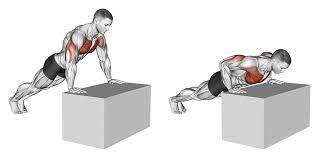
This exercise is excellent for getting your chest muscles ready for work.
You must start the Incline push-up exercise with your hands on the wall or a surface that is counter height. Step backward with your feet so that your body forms a 45- to 50-degree angle with the ground.
Lower your chest to the surface you are resting against while keeping your body straight and your spine neutral.
After holding for two seconds, you can reset to the starting position.
Make sure the resistance is manageable so that you can perform up to 25 repetitions. To make this exercise simpler, move closer to your hands; to make it more difficult, move farther away.
Stretching Exercise of Chest Muscles
Kneeling chest opener stretch
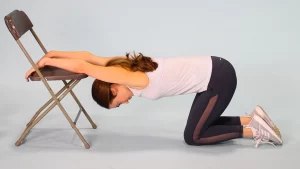
Your shoulders, lattisimus dorsi, and chest will all be stretched out while you are kneeling with your arms. To get a larger stretch, be cautious not to arch your lower back. This is a definite no.
How to do?
Place the chair or bench at arm’s length and at hip height.
Place your toes on the ground and bend your knees.
Put your arms on the bench, position your head between them, and droop your head a little.
Reach forward proactively to get a greater stretch.
You can maintain a static position for up to two minutes.
Dynamic: Enter and exit the stretch for 8 to 10 reps, holding it for a brief while after each rep.
Standing arms backward chest stretch
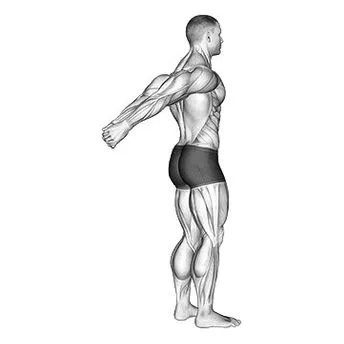
This stretch for the chest is probably one of the simplest to perform but also one of the most effective. This is an excellent upper body stretch since it will help stretch the biceps and anterior shoulder muscles. When executing this stretch, let pain be your guide. Putting your arm behind your back could hurt.
How do?
Maintain a straight posture while lifting your chest and shoulders.
Holding hands together, extend both arms behind your back.
To experience a stretch, straighten your elbows and expand your chest.
To experience a more severe stretch, raise your arms higher.
Hold for 30 to 60 seconds while static.
Dynamic: Continue holding for 10 seconds before releasing.
Standing bent arm door chest stretch
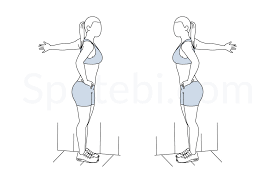
Of all the chest exercises, the traditional doorway stretch is arguably the greatest. For better posture and shoulder mobility, use this exercise to loosen up your chest muscles and anterior shoulder. Avoid overextending the shoulder.
How do I?
On the side of the entrance or entryway, take a strong stance.
Your hand should be raised and facing front as you bend your elbow 90 degrees and raise it to shoulder height.
To feel the stretch in your chest, place your upper arm and elbow on the doorway and lean into it.
It’s best to keep it between 30 and 60 seconds.
On the opposite side, repeat.
30 to 60-second holds for static.
FAQs
What are the 4 muscles of the chest?
The anterior chest wall is where the pectoral area is located. The pectoralis major, pectoralis minor, serratus anterior, and subclavius are the four muscles that it consists of and they all work together to pull on the upper limb.
What is the name of the chest muscle?
The biggest and most superior muscle of the anterior chest wall is the pectoralis major. The anterior wall of the axilla is formed by a strong, fan-shaped muscle that sits beneath the breast tissue. Other muscles are pectoralis minor, serratus anterior, and subclavius are among the four muscles.
What muscles are in the chest area?
The muscles of the chest
The pectoralis major and minor, as well as your intercostal muscles, make up the majority of the muscles in your chest. The fan-shaped muscles that extend from your armpits to the middle of your breastbone, or sternum, are known as the pectoralis major muscles.
What is the small muscle in the chest?
Pectoralis minor is a small, triangular muscle, located at the upper part of the chest, under the pectoralis major. It originates from ribs III-V; and inserts onto the coracoid process of the scapula.

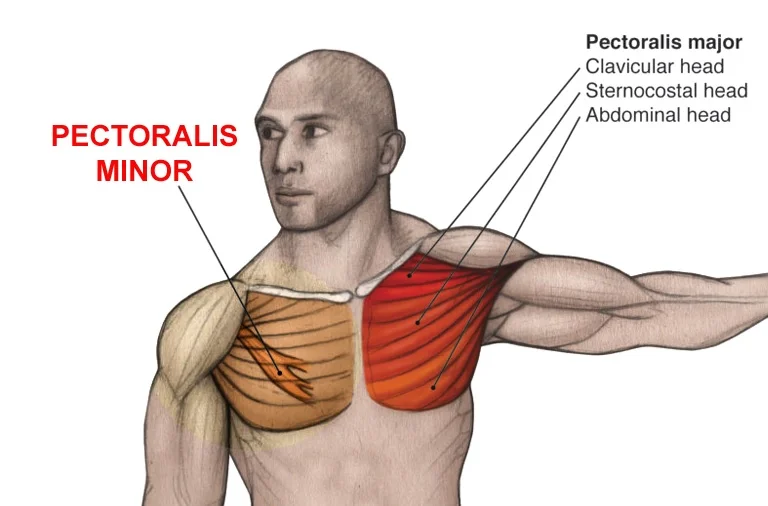

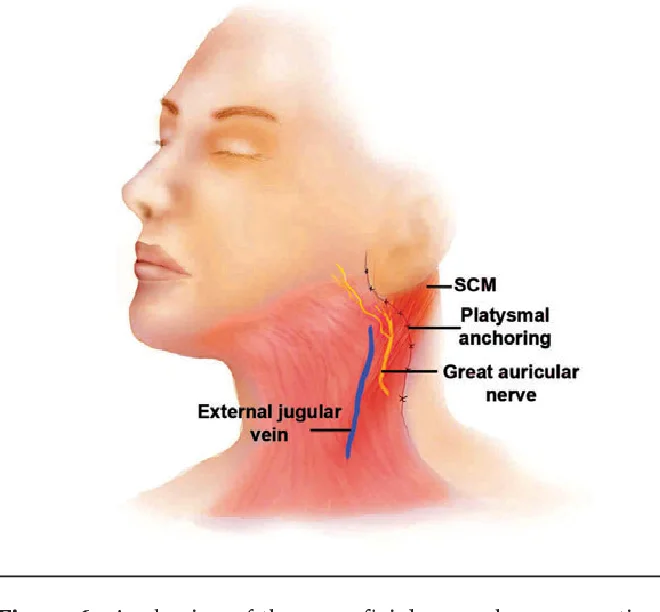
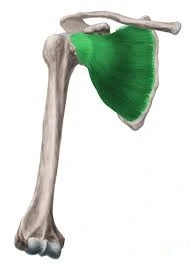

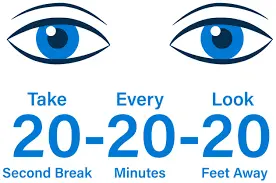
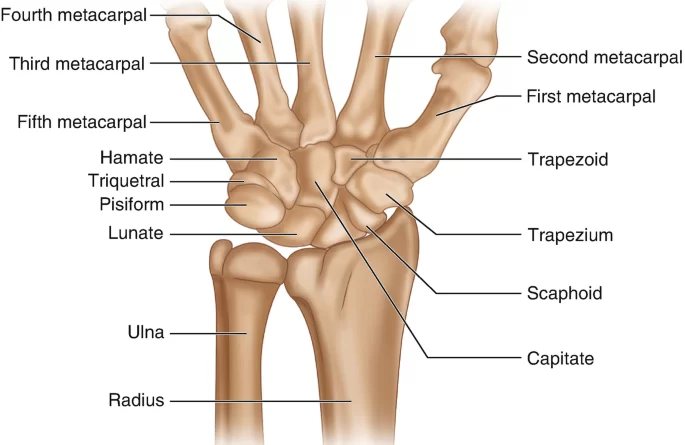
12 Comments